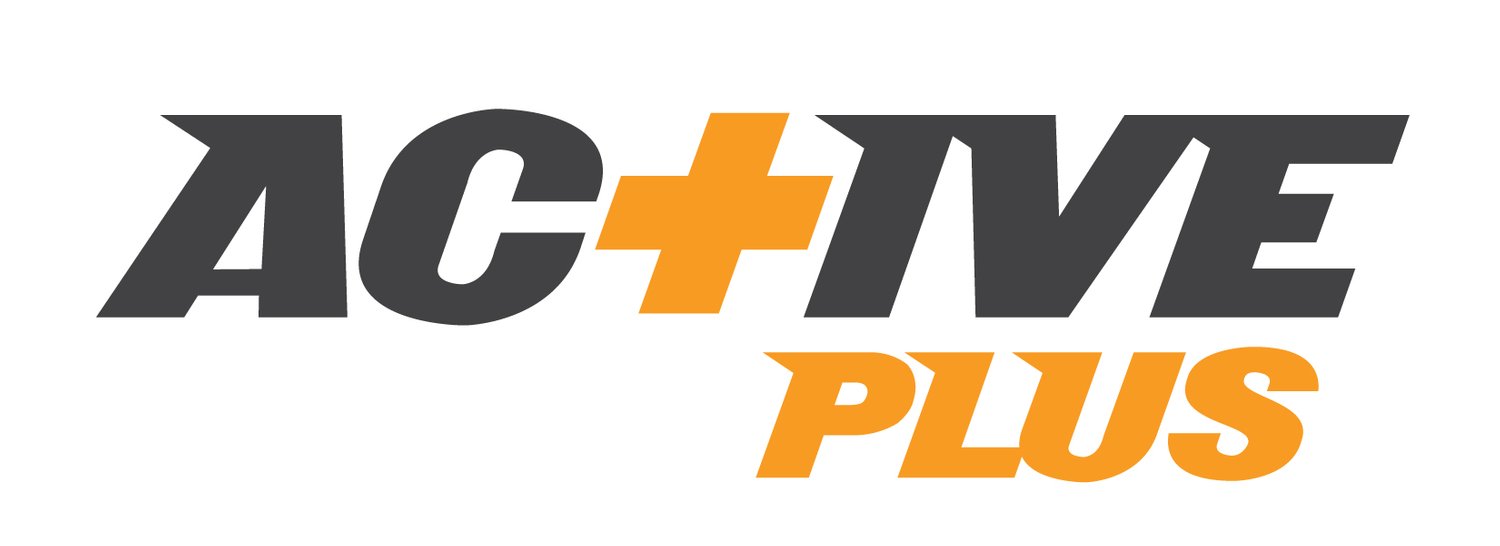Are your Kids Receiving Enough Physical Activity?
Many people believe all school systems and programs in New York City must be incredible. After all, we do live in the Big Apple, a place where millions of people from all over the globe flock to in all seasons. However, this is a huge misconception, and falsehood. For instance, New York City schools are slowly making progress, but still coming up short complying with physical education standards. Unfortunately, schools across all five boroughs are floundering to meet the most minimal physical education offerings, as required by the New York State Department of Education (NYSED) regulations. For example, almost 1/3 of students in NYC did not receive the state-mandated minimum number of gym classes for this past school year.
In reality, students in grades K-12 must take part in regular physical education classes by an accredited teacher, or classroom teacher, under direct supervision of a certified physical education teacher for grades K-6. Middle and high schoolers must receive instruction directly from a certified physical education teacher. New York State law requires that elementary school-age children receive two hours a week of physical education whereas middle and high school students are supposed to get ninety minutes. Interestingly enough, NYC has never been reprimanded for failing to stipulate those minimums. Nevertheless, the public school’s shortage of gym classes has been a recurring issue. This is especially unfortunate considering the fact that it has been proven “consistent and meaningful physical education is known to bolster academic achievement and engagement in school” (Stringer, 2). U.S Secretary of Education Arne Duncan emphasized how proper health is not merely a surplus to a good education. It is a necessity so that students are healthy and prepared to learn and “are better able to engage in the classroom and excel academically” (Stringer, 2). Nowhere is this more accurate than in NYC, where more than 26% of students aged 5-14 in Kindergarten through 8th grade (K-8) are either overweight or severely obese (Stringer, 3).
As evidenced above, providing physical education to some 1 million odd students in a city as crowded as New York City is a substantial challenge. Because of the city’s density, many schools lack “physical fitness spaces” (Stringer, 3). Extraordinarily, 435 NYC schools (28%) “lack a dedicated physical fitness space” – a problem that is most serious for middle and high schools” (Stringer, 3). In addition, approximately 506 schools “lack a full-time, certified physical education teacher” (Stringer, 3); this includes 59% of elementary schools, 17% of middle schools, and 8% of high schools. While certain schools “may have access to a part-time, accredited PE teacher,” the Department of Education failed to provide data that would confirm this (Stringer, 3). On top of this, 149 schools (about 10%) lack “both a full-time, certified physical education teacher and a physical fitness space” (Stringer, 3).
This information reaffirms the fact that for years the Department of Education has been unsuccessful in providing up physical education programs and instruction that is up to par to all students in NYC. For instance, an elementary and middle school for gifted children called TAG Young Scholars in East Harlem does not possess a gym teacher for its elementary school students (Baker, 2). And, next year, one of the four schools that share TAG’s building is expanding, which will further on their one and only gym.
For the most part, schools blame budget cuts as a result of the lacking physical education in NYC. Many reference pressures to devote multiple resources to test preparation above all else, which is what “one union leader called a lack of interest from the department headquarters” (Baker, 3). One elementary school making headway and breaking down walls is Sheridan Academy for Young Leaders, in the Bronx, “where Ronny Rodriguez, a physical education instructor, ran 12 students through a rigorous 50-minute class one day last month” (Baker, 3).
Mayor De Blasio hopes to make strides with NYC’s physical education programs in schools through a new, innovative initiative called PE Works. In doing so, Mayor De Blasio has committed $100 million dollars to expanding PE curriculum and ensuring certified teachers are present at every public school (Baker, 3). PE Works was first implemented at PS 33 in Queens Village in September. "I've already seen an increase in the children working as teams as well as their self esteem being lifted," said Vincent Gatto, the school’s principal (Baker, 4). In addition, professional PE experts have been visiting with other schools to provide further training and establish personalized action plans to get students up and moving.
Steven Sedlmaier, a fellow PE teacher said, "Physical education teaches you life long skills not just reading, math, and science," (Baker, 4). Vincent Gatto emphasized how this next generation is growing up in a world where all they need to do is push a button to get just about anything they could possibly need or desire (Baker, 4). "Life is not about pushing buttons. Life is about movement, life is about succeeding, and life is about overcoming a hurdle," a very profound statement from PS 33’s principal (Baker, 4).

